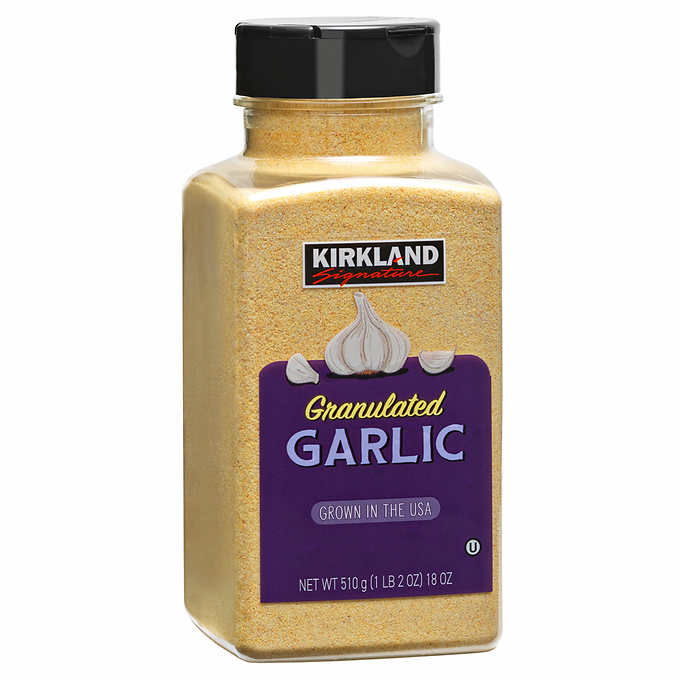Tonic Mnemonic: NOISE Soon
In Spanish, the tonic syllable is the syllable that sounds loudest when pronounced.
• When an accent mark (tilde) is present, it is very clear.
sofá: so – FA
• When then there is no accent mark, a set of rules must be used instead. When the word ends in a consonant other than n or s, the last syllable is the tonic syllable.
feliz: fe – LIZ
• And when the word ends in the consonant n or s, the second-to-last syllable is the tonic syllable.
oasis: o – A – sis
So how do we remember the n-or-s rule for penultimate syllable stressing? As usual, from a hodge-podge of mostly complementary mnemonic aids – it’s not necessary to remember all of them for the mnemonic to work.
First, noise and soon both have the operative consonants n and s. These are the only consonants the mnemonic is keyed to.
Second, when “noise is soon” to occur, you obviously cannot be on the last syllable yet. So we’ll say you must be on the penultimate syllable.
Third, there are two words in the mnemonic itself (noise and soon), which corresponds to the number 2, and the number 2 corroborates the penultimate nature of the mnemonic.
Fourth, the mnemonic words themselves, conveniently enough, have only two consonants (n and s). The number 2 once again corroborates the penultimate nature of the mnemonic.
Finally, in the mnemonic phrase, the (capitalized) word NOISE is the only word out of the two words that you would expect to have tonic emphasis. By its very definition, noise would have audible precedence over a temporal concept like soon. So from the reading of the mnemonic itself, once again the penultimate syllable is stressed.



